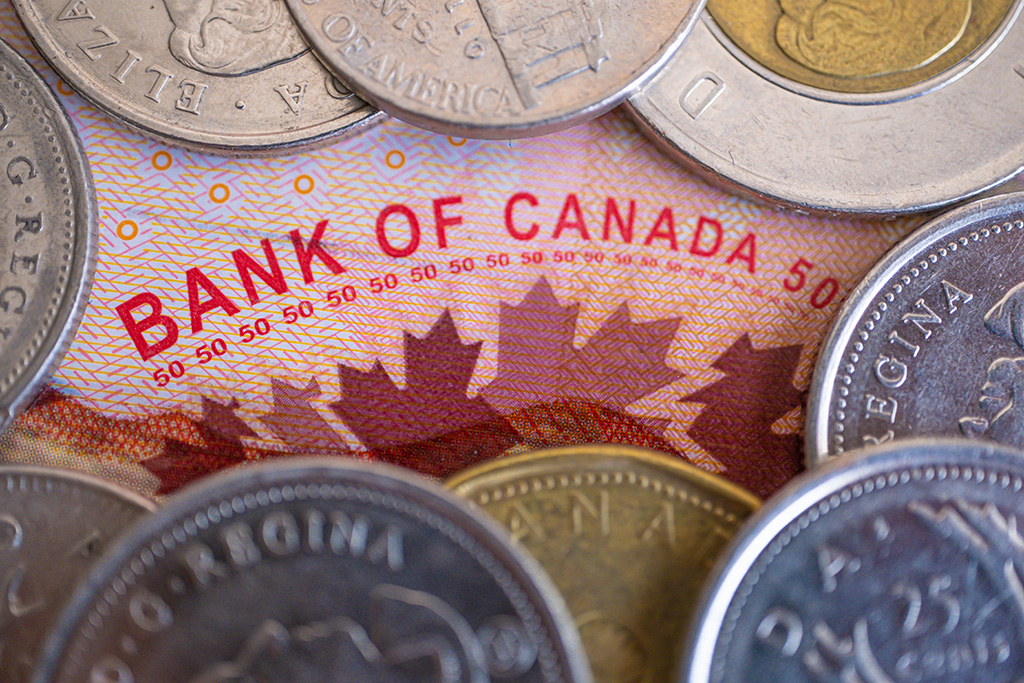Canada’s gold reserves stand at a stark, embarrassing zero, a glaring anomaly for a nation historically steeped in gold mining and resource wealth. This is the legacy of Mark Carney, former Governor of the Bank of Canada, whose tenure epitomized misguided monetary policies, strategic blunders, and economic shortsightedness.
A Legacy of Mismanagement
Under Carney’s leadership, the Bank of Canada made a series of egregious errors that continue to haunt the Canadian economy. Growth during his tenure was consistently weak, and the Bank’s policies exacerbated the problem rather than alleviating it. A relentless reliance on quantitative easing led to excessive money printing, inflating asset prices to unsustainable levels. This reckless monetary expansion triggered one of the highest inflation rates in the G7, eroding Canadians’ purchasing power and destabilizing the economy.
But perhaps the most catastrophic decision under Carney’s watch was the liquidation of Canada’s gold reserves. Once a cornerstone of the nation’s economic security, the gold was sold off, primarily to the UK, ostensibly to streamline the country’s foreign reserves. Critics argue this was less about sound economic reasoning and more about Carney’s aspirations, as this move conveniently aligned with his eventual appointment as Governor of the Bank of England. The optics are damning: a nation stripped of its financial insurance, while its former central banker ascended to new heights abroad.
The High Cost of Selling Gold

In 2015, the price of gold was approximately $1,500 per ounce in Canadian dollars. By liquidating $63 billion worth of gold reserves at those prices, Canada forfeited a significant opportunity for wealth preservation. Today, with gold prices nearing $4,000 per ounce, that $63 billion would be worth an astounding $163 billion. This short-sighted decision not only robbed Canadians of an asset that appreciates in times of economic uncertainty but also left the nation vulnerable in a world increasingly turning back to gold as a hedge against inflation and currency devaluation.
Gold’s Role in Canada’s History
Gold mining has historically played a pivotal role in Canada’s economic development. The provinces of Ontario, Quebec, and British Columbia are home to some of the world’s richest gold deposits, collectively producing approximately 150 metric tonnes of newly mined gold annually. Canada ranks fourth globally among gold-producing nations, a testament to the resource’s enduring economic significance.
Yet, despite this rich legacy and ongoing production, Canada’s government and central bank have chosen to forgo holding gold as part of the national reserve. This decision flies in the face of economic prudence, particularly as nations like China and Russia are aggressively stockpiling gold to diversify their reserves and safeguard against currency volatility.
The Inflationary Fallout
The Bank of Canada’s monetary policies under Carney stoked inflation to alarming levels. By flooding the market with cheap money, the Bank inflated housing prices, creating an asset bubble that has priced many Canadians out of homeownership. Meanwhile, the cost of living has skyrocketed, with wages failing to keep pace with inflation. This has left households struggling to make ends meet, undermining economic stability and growth.
Gold, as a store of value, could have served as a critical anchor during these turbulent times. Its liquidation has deprived Canada of a vital tool for stabilizing the economy and preserving national wealth. Instead, Canadians are left grappling with the fallout of policy decisions that prioritized short-term gains and personal ambition over long-term national interests.
Lessons from Other Nations
While Canada was busy liquidating its gold reserves, other nations were doing the opposite. Germany, for example, repatriated much of its gold from foreign vaults, recognizing the importance of holding physical gold as a safeguard against global economic instability. China and Russia have been on gold-buying sprees, bolstering their reserves to enhance financial resilience.
Canada’s decision to buck this trend is as baffling as it is troubling. In a world where economic uncertainty is the norm rather than the exception, gold remains a universally recognized hedge against risk. By abandoning this asset, Canada has positioned itself as an outlier, a nation vulnerable to the very crises gold is designed to mitigate.
Mark Carney’s True Legacy
Mark Carney’s tenure as Governor of the Bank of Canada is often lauded in international circles, but a closer examination reveals a legacy marred by poor decision-making and economic mismanagement. His policies left Canada with the highest inflation rate in the G7, a precarious housing market, and, worst of all, no gold reserves to fall back on in times of crisis. Meanwhile, Carney’s career flourished as he moved on to the Bank of England, leaving Canadians to deal with the consequences of his actions.
Conclusion
Canada’s lack of gold reserves is a national embarrassment, a glaring symbol of policy failure at the highest levels. It is a cautionary tale of what happens when short-term thinking and personal ambition overshadow long-term economic strategy. As other nations fortify their financial security with gold, Canada’s empty vaults stand as a stark reminder of opportunities squandered and mistakes made.
The time has come for Canadians to demand better from their leaders and policymakers. The lessons of the past cannot be ignored, and the mistakes of the Carney era must serve as a catalyst for a more prudent, forward-thinking approach to economic management. Without such a shift, Canada risks remaining a cautionary tale in the annals of global finance.

Leave a Reply